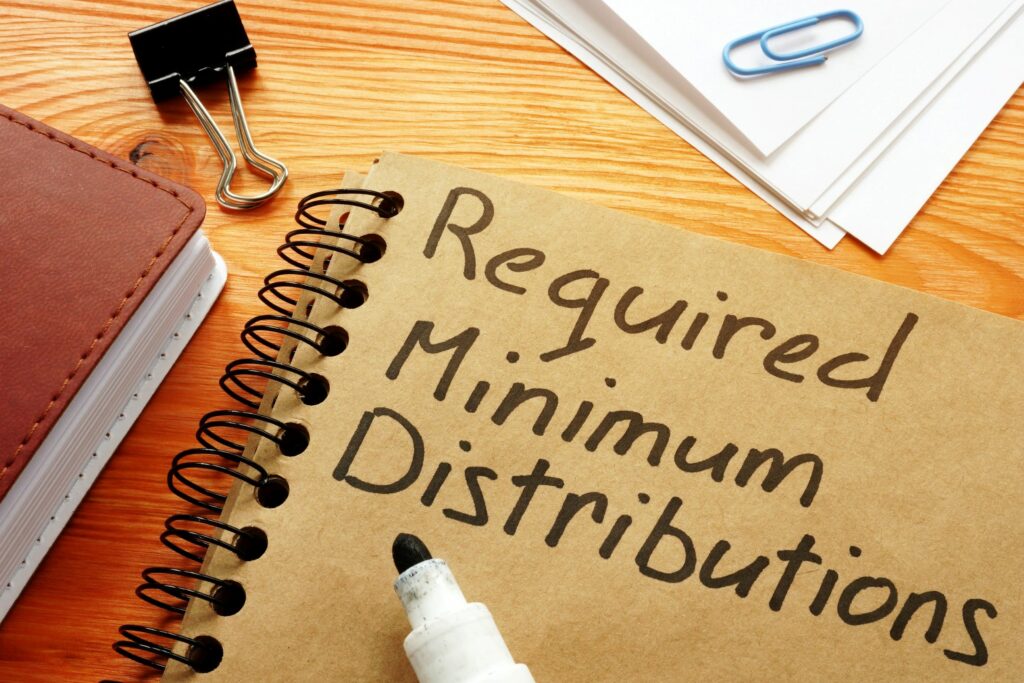Retirement accounts, such as traditional IRAs and 401(k), 403(b), and 457(b) plans, as well as IRA-based plans, such as SEPs, SARSEPs and SIMPLE IRAs are all great account types for retirement savings. Contributions to these accounts are typically made with pre-tax dollars and, unlike most other investments, are allowed to grow tax-deferred over time. But it’s important to take note that these accounts also come with certain conditions. Important among these is that after account holders reach a certain age, they must begin to liquidate assets by taking annual distributions called Required Minimum Distributions (RMDs).
When do I need to start RMDs?
The age for taking your first RMD increased in 2020 to 72 years from 70.5 years. Therefore, your first RMD must be taken by April 1st of the year after you turn 72. For all subsequent years, including the year in which you were paid the first RMD by April 1st, you must take your RMD by December 31st of that year. In retirement accounts sponsored by your employer, such as 401(k)s or 403(b)s, your plan often allows you to defer taking RMDs until after your retirement. If you have inherited retirement assets, the RMDs rules are different, and your advisor can help you determine what method and timeframe you must use to withdraw your assets.
How much do I need to take out?
You can calculate your required RMD amount by dividing the prior December 31st balance of your retirement account by a life expectancy factor that is published in a set of tables by the IRS (Publication 590-B, Distributions from Individual Retirement Arrangements). There are three table options. The one you choose depends on your situation. A most commonly used option is the Uniform Lifetime Table III, which applies to individuals if their spouse is not their sole beneficiary, or, their spouse is not more than ten years younger than the account holder.
Example below
Suppose, hypothetically speaking, you are 72 years old and your IRA balance at 12/31 is $50,000. To calculate your RMD for the current year would be $50,000 divided by 27.4 or $1,825.
If you have multiple IRA accounts, you can use the combined total in your payment calculation but take the distribution from any one or mix of the accounts. You cannot, however, combine different types of accounts, such as 401(k)s and IRAs.
What happens if you miss your RMDs?
If you fail to take your RMD or fail to take the full amount due, the IRS taxes the amount not withdrawn at 50%! Obviously, this is a severe penalty that you should make every effort to avoid. Fortunately, this penalty may be waived if you can establish that the shortfall in distributions was due to reasonable error and that steps are being taken to remedy the shortfall. To qualify for this consideration, you need to file IRS Form 5329 and attach a letter of explanation.
Remember you are responsible for making sure your RMDs are taken and that they are calculated correctly. However, your financial advisor can help you through the process to ensure that you do not incur a penalty, and all goes smoothly.

